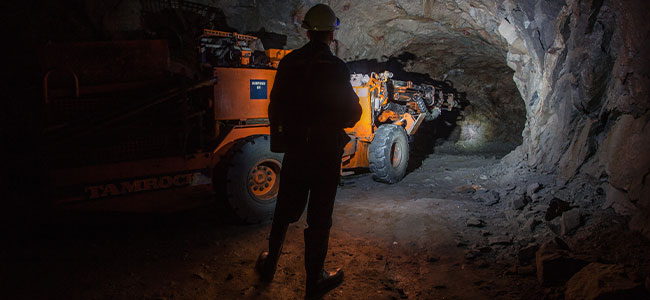
The agency identified 63 significant and substantial violations across 15 mines.

From earplugs to personal headphones, it’s time to discuss the future of hearing protection in the workplace.

Why choosing stairs over ladders is the smarter choice for rooftop safety.

As Type II safety helmets become the standard on job sites, factoring in comfort and style can help increase adoption rates.

How does the shift to remote work impact your company’s evolving strategies for implementing effective drug testing policies for your remote employees?

Effective workplace training should include the right training software and content to ensure compliance and enhance workplace safety.

Implementing effective welding fume control ensures employee health and compliance with regulatory standards.
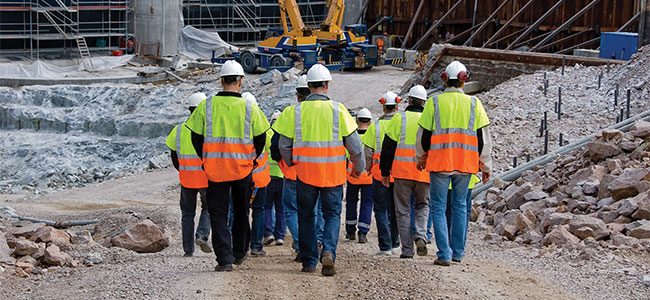
Managing uncertainty is a given in construction—safety professionals everywhere should take note.
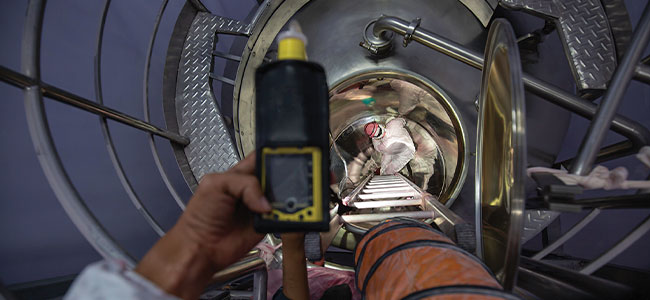
Here’s why safer work doesn’t have to mean slower work.
This year, ensure you keep AEDs at the work site and train the team in their use.
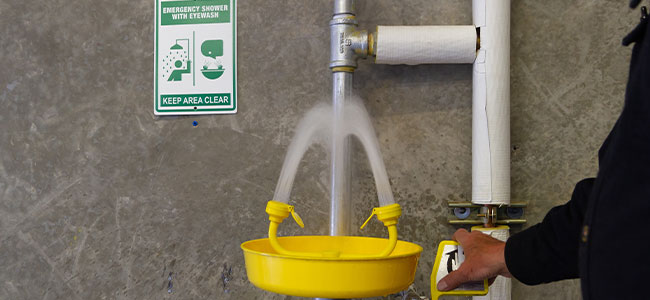
When and why to opt for portable eyewash solutions; the role of the portable eyewash station in dynamic workplace challenges; and real-world scenarios where portable eyewash stations helped.
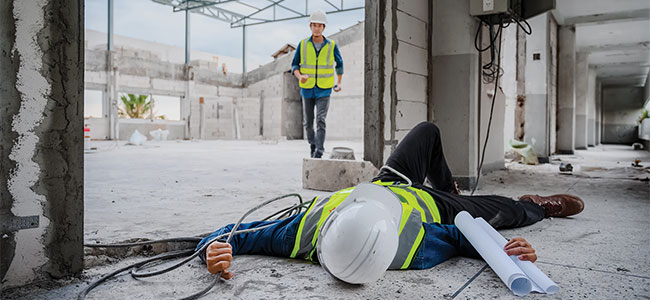
Think ergonomic injuries are only for those with a desk job? Think again.

Proper hydration products and PPE keep workers cool, relaxed and heat stress-free.

Stepping up safety for specific environmental, application and exposure risks.

Safeguarding workers in high-heat settings with the right protective clothing involves understanding a bit about heat transfer, the work being done, and the best materials and technologies for the job.

Mobile training materials help all employees keep critical safety information close at hand and make it easier for employers to maintain a safer workplace.

The virtual meeting will take place on March 21, 2024, allowing stakeholder review of the proposed rule changes.

The rule change addresses definitions, penalty and bond amounts, and fees for general and specialty contractors.

Seven states and the District of Columbia have seen increases of at least 10 percent.